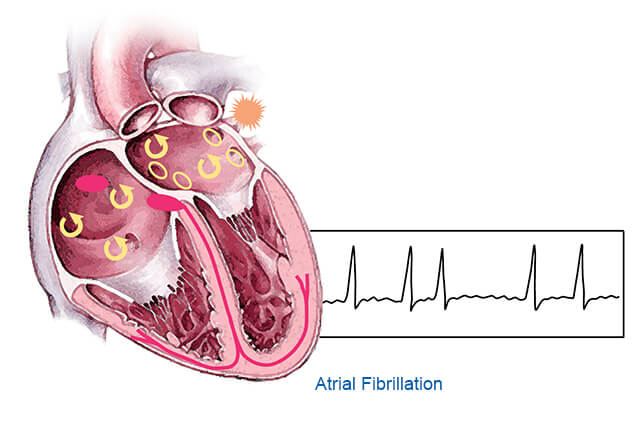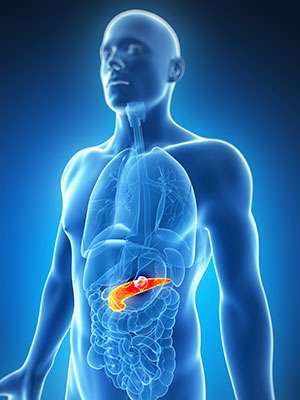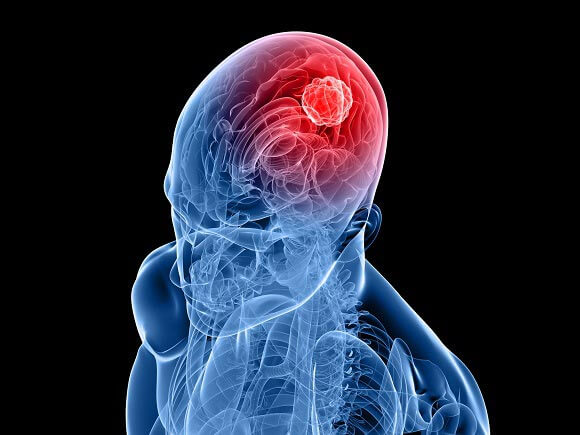
If you or a loved one have been diagnosed with lymphoma, you probably have a lot of questions and concerns. Getting any diagnosis can be overwhelming, especially if a doctor says you have cancer. It may feel like your entire life has been turned upside down, and you have to learn to live with a new normal. Although it might take time, living well with lymphoma is possible.
What is lymphoma?
Lymphoma is a broad term for cancer that starts in cells of the lymph system. It affects lymphocytes, a type of white blood cell that defends the body against foreign invaders.
There are many different types of lymphoma. The two main types are Hodgkin lymphoma and non-Hodgkin lymphoma. There are five types of Hodgkin lymphoma and more than 90 types of non-Hodgkin lymphoma.
Hodgkin lymphoma
Hodgkin lymphoma usually starts in the lymph nodes but often spreads from one lymph node to another. It can also spread to other organs. Although the swollen lymph nodes are usually painless, some people with Hodgkin lymphoma experience pain with lymph node swelling after drinking alcohol.
One of the main characteristics of Hodgkin lymphoma is the presence of large abnormal cells called Reed-Sternberg (RS) cells. The number of RS cells increases as the disease advances. The buildup can lead to tumor growth and prevent the body from fighting infection.
Hodgkin lymphoma is less common than non-Hodgkin lymphoma. About 9,000 new cases are diagnosed each year. It is most common in early adulthood and late adulthood. Men are slightly more likely than women to develop Hodgkin lymphoma.
Non-Hodgkin lymphoma
Non-Hodgkin lymphoma may start in the lymph nodes, bone marrow, spleen, or thymus. It can also spread to other parts of the body. There are no Reed-Sternberg cells present in non-Hodgkin lymphoma.
Although it can occur at any age, it is one of the more common cancers among children, teens, and young adults. However, the risk of non-Hodgkin lymphoma increases with age, and more than half of patients are 65 or older when diagnosed.
Men are more likely to develop non-Hodgkin lymphoma than women. However, lymphomas may develop in people who have weakened immune systems. People with a first-degree relative with non-Hodgkin lymphoma are also more likely to develop it.
What causes lymphoma?
Doctors aren’t sure exactly what causes Hodgkin lymphoma. They do know it starts when lymphocytes develop changes in their DNA. A cell’s DNA contains instructions that tell the cell what to do. When the DNA changes, it tells cells to multiply rapidly and keep living when normal cells would die.
For most people, the cause of non-Hodgkin lymphoma is unknown. What is known is that non-Hodgkin lymphoma starts when a white blood cell becomes abnormal. The cell keeps dividing and making more abnormal cells. The abnormal cells can spread to almost any other part of the body.
What are the symptoms of lymphoma?
The most common symptom of lymphoma is one or more swollen lymph nodes, usually in the armpit, groin, or neck. It is usually painless. Other symptoms include:
- Fever
- Unexplained weight loss
- Sweating, especially at night
- Chills
- Lack of energy
- Itching
Certain symptoms are not specific to lymphoma and can be caused by other illnesses. Getting a diagnosis of lymphoma starts with a physical exam. Your doctor will also do blood tests, a chest x-ray, and a biopsy. Depending on your situation, your doctor may perform other tests or procedures.
How is lymphoma treated?
Lymphoma is highly treatable and may be curable in the initial stages. Your specific treatment plan will depend on your overall health and age. It will also depend on how fast your lymphoma is growing. Some forms of lymphoma grow very slowly, so your doctor may wait to start treatment until the symptoms start interfering with your daily life. This is called active surveillance or “watch and wait.” Your doctor will monitor your lymphoma through regular checkups and follow-up procedures such as lab and imaging tests.
Other factors that can affect your treatment include:
- Your disease subtype
- Your disease stage and category
- Whether your disease is not responding to other treatments or has come back after treatment
- Coexisting conditions or diseases
Depending on your disease, your doctor may use a combination of approaches and treatments. Chemotherapy is usually the primary treatment for both types of lymphoma.
For Hodgkin lymphoma, other treatments can include radiation therapy, immunotherapy, or a combination. Non-Hodgkin lymphoma patients may get radiation therapy, biologic therapy, immunotherapy, or a combination.
A lymphoma diagnosis doesn't have to stop you from living your life. Many patients with lymphoma can live full lives with the right treatment, and many become long-time survivors of the disease. If at any point you have questions about your lymphoma, be sure to talk to your doctor.
Resource Links:
"Lymphoma" via MedlinePlus
"Differences Between Hodgkin & Non-Hodgkin Lymphoma" via Moffitt Cancer Center
"Key Statistics for Non-Hodgkin Lymphoma" via American Cancer Society
"Treatment" via Leukemia & Lymphoma Society
"Treatment Options for Lymphoma" via Lymphoma Research Foundation




